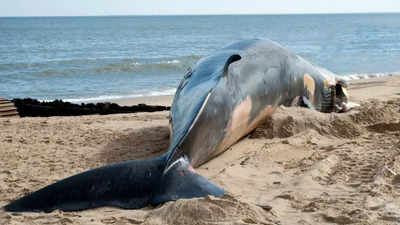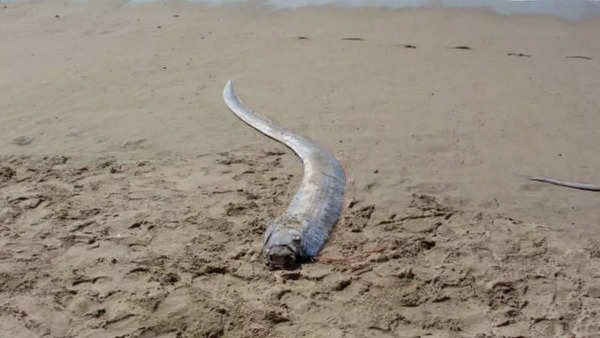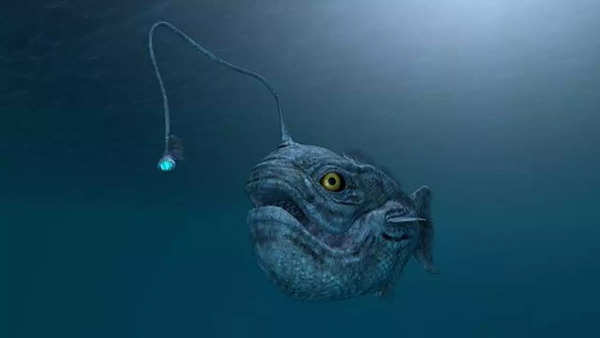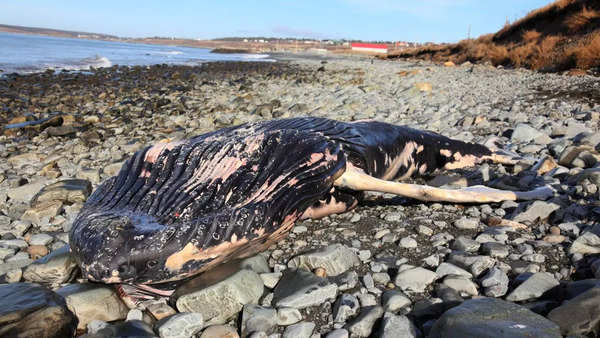Something unusual is happening in the oceans. Strange deep-sea creatures are surfacing, and marine life is behaving unpredictably. From the rare sighting of the so-called “doomsday fish” to unexplained
whale strandings
, these events have left experts wondering– are they signs of a changing environment or a warning of something bigger?
Oarfish: Ancient legend or natural occurrence?
One of the most talked-about mysteries is the sudden appearance of the oarfish– an elusive, serpent-like creature often linked to disaster myths. As per media reports, recently, one washed ashore in Lanzarote, reigniting fears that these deep-sea fish signal earthquakes or tsunamis. In Japanese folklore, they are seen as “Messengers of the Sea God,” believed to surface before major seismic events.
As per sources, the belief became especially widespread after the 2011 Fukushima earthquake when several oarfish were found near Japan in the months leading up to the disaster. Despite this, marine scientists like Hiroyuki Motomura are quick to point out that there is no concrete scientific evidence linking oarfish appearances with seismic activity, as per a report by the Economic Times. However, some researchers speculate that underwater pressure changes caused by earthquakes may force these deep-sea creatures to swim toward the surface.
Anglerfish: Unlikely visitors to shallower waters
Anglerfish are showing up where they don’t belong, and scientists are taking notice. As per media reports, normally hidden in the ocean’s darkest depths, these eerie, bioluminescent creatures have been spotted in shallower waters. The sudden change raises concerns that warming seas and shifting currents are disrupting
marine ecosystems
, forcing deep-sea life into unfamiliar environments.
While it’s still unclear why anglerfish are appearing closer to the surface, experts believe that the warming of ocean waters could be altering their natural habitats, as per a report presented by the Economic Times. These changes may be affecting the behaviour of deep-sea species, forcing them to adjust in ways that are both fascinating and worrying.
Whale strandings: A growing concern
Mass whale strandings are another phenomenon making headlines. As per sources, recently, over 150 false killer whales beached themselves on Tasmania’s shores, with most of them unable to survive despite rescue efforts. While strandings have always been a tragic event, the frequency of these occurrences is on the rise. As per reports, scientists are investigating several potential causes, including sonar interference and changes in ocean conditions.
Whales use natural ocean signals to find their way, but disruptions like noise pollution and changing currents may be confusing them. The rise in strandings suggests that environmental changes are affecting their navigation, hinting at a bigger shift in the ocean’s ecosystem.
Climate change: The link between these unusual events?
All these unusual events seem to point to one big factor: climate change. As the planet warms, ocean ecosystems are changing in ways we can now see. Rising temperatures, shifting currents, and changing marine habitats may explain why deep-sea creatures are appearing in unexpected places. Some are moving closer to shore, while others, like whales, are struggling to find their way.
There’s still a lot to learn, but scientists believe these patterns could be warning signs of a bigger environmental problem. The fact that these events are happening more often suggests growing imbalances in marine ecosystems– ones that could have serious consequences if left unchecked.
Science meets superstition: Understanding public perception
Despite the scientific explanations, many people still associate these unusual marine events with old folklore. Social media platforms are buzzing with users speculating that the appearance of the oarfish and mass whale strandings are signs of impending disaster. While it’s tempting to draw connections between ancient myths and modern events, experts urge caution, as per a report presented by the Economic Times.
What does the future hold for the oceans?
The growing number of strange ocean events is hard to ignore. Whether they are signs of bigger environmental changes or just coincidences, they show how fragile marine ecosystems are. The connection between climate change, human activity, and disruptions in marine life is becoming clearer, making these events a reminder that action is needed.
As scientists continue to study these changes, it’s important to pay attention to both research and traditional beliefs while taking steps to protect our oceans. The deep sea still holds many mysteries, but as more marine life starts behaving differently, one thing is clear– nature’s balance is shifting fast.
In the end, the ocean may be trying to tell us something important. Whether it’s a warning about climate change or a sign of more immediate danger, we need to pay attention before it’s too late.



